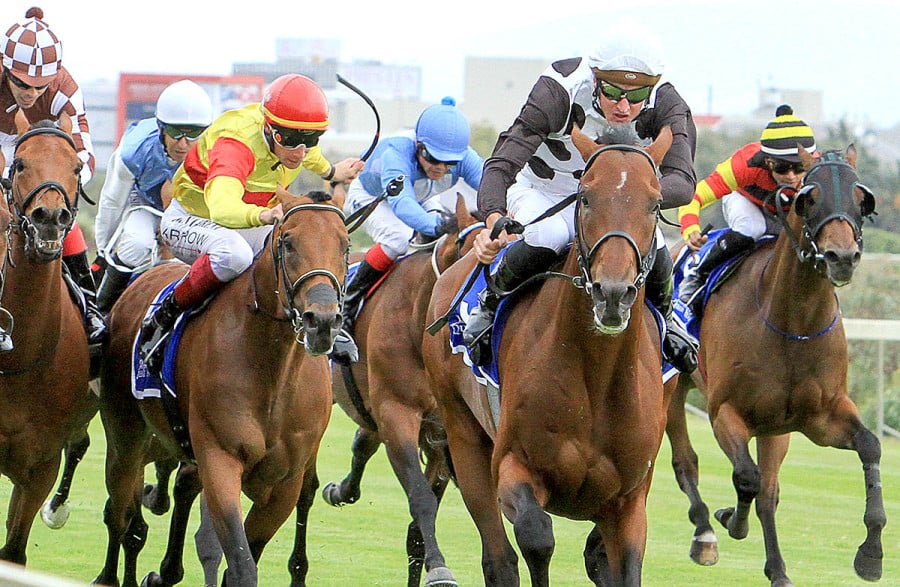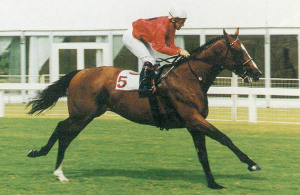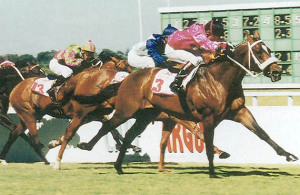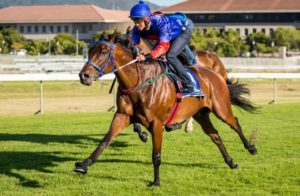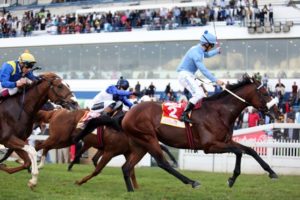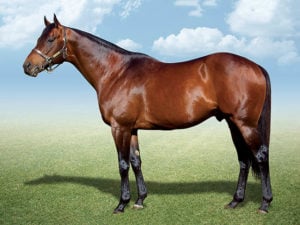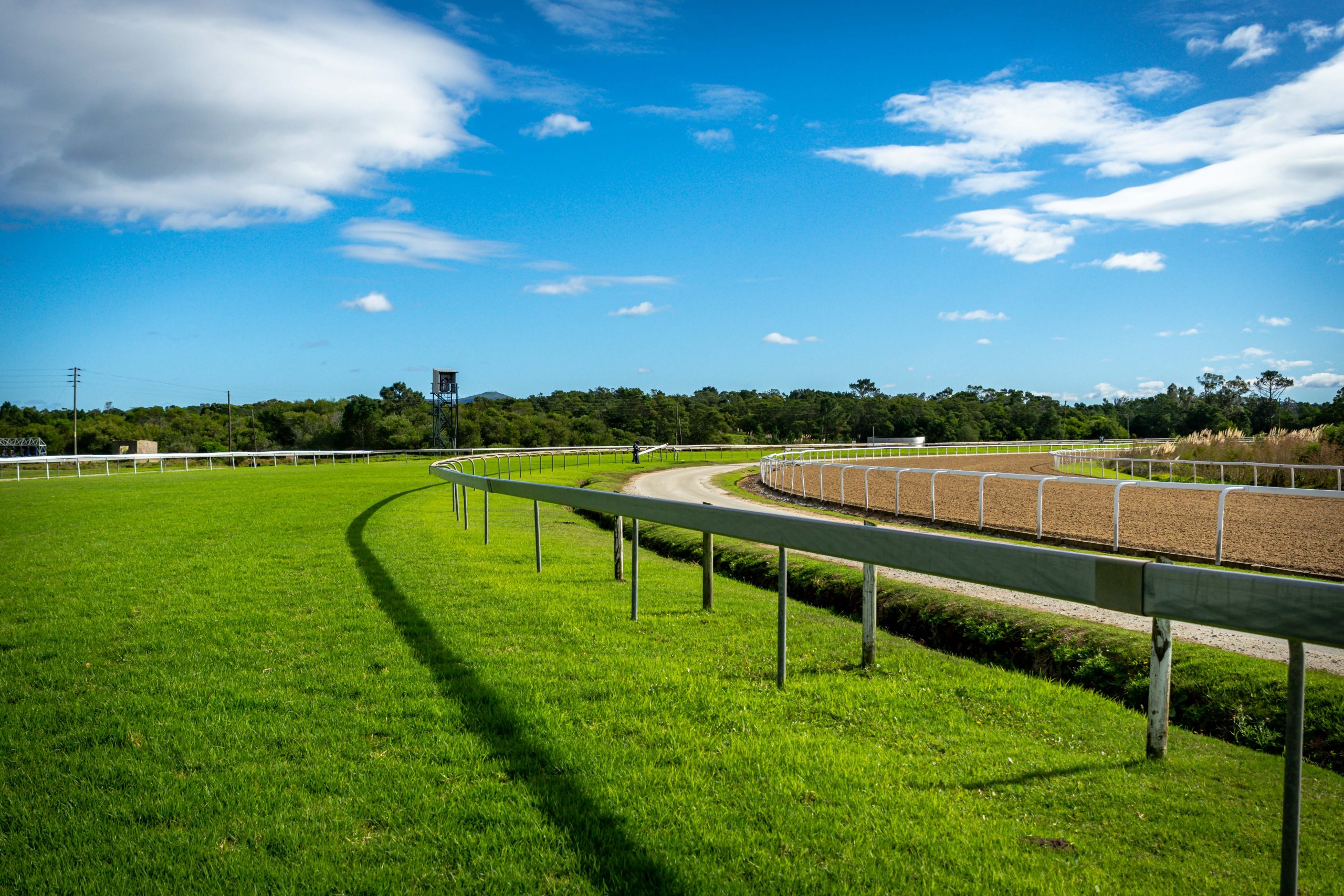The two most important elements that influence the outcome of a race are weight and pace. Of course, other things matter – like going, tactics, draw, jockeyship – but the first two usually outweigh the rest. In true run races, the front runner will set a pace that’s neither too fast nor too slow, allowing horses tend to run up to their best ability, all other things being equal. It’s then that weights and ratings determine a reliable outcome, writes Karel Miedema.
It’s when front runners don’t do what they are supposed to that things go wrong. Wrong meaning that if the race was run again with a different pace, the outcome would likely be different. Wrong also meaning that trying to rate the race based on previous knowledge becomes impossible, and that using the outcome for future predictions won’t work.
When a frontrunner goes too fast, and others stay relatively close, horses coming from behind benefit. They are likely to have run at a more sensible pace, and will be able to keep going much better at the end.
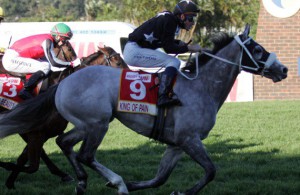
Outsider King Of Pain beat champion racemare Beach Beauty in the 2014 Gold Challenge dictating the pace
The opposite will be true when front runners sets a pace that’s too slow. That means they’ll be able to keep going right till the end. Anything that’s not close to the pace will normally be unable to make up ground – unless they possess an exceptional quality to accelerate.
What’s interesting in this context is that, contrary what most people think, all horses slow down in the closing stages of a race.
To give weight to that statement, let’s go back to the Cape summer of the year 2000.
Sectional timing had just been introduced at Kenilworth, a then truly innovative initiative.
It might have changed the face of racing as a braingame, had it not been for a lack of foresight and finance in maintaining the equipment in good order.
In the end it all fell in a heap, for which racing in South Africa is today all the poorer. Internationally, sectional timing has finally caught on and the information flowing from it is truly staggering. South Africa, as in so many spheres is sadly still missing the boat.
That summer of 2000 evokes strong memories.
Jet Master’s Queen Plate, Captain Al’s Guineas, and Mike de Kock’s J&B Met win with 3yo Badger’s Coast (after he’d run unplaced in the Guineas). Those were the days!
Much cherished, we still have the sectional times on file from that year, so analysis could be done. Strikingly, in a sample of 100 races, with about 1000 runners, there wasn’t a single horse whose 200m to finish time was faster than from 400 to 200m, or from 600 to 400m. Not one!
The figures show that in the Queen’s Plate Jet Master raced handy, some 2 lengths off the pace, joined issue with leader Patchouli Dancer at the 400m mark, going on to win by 2 lengths from Clifton King.
His splits were (the first 600m from standing start, followed by the next 1000m in 200m segments) 37.37s, 12.15s, 11.85s, 11.68, 11.82s, 12.85s. Clifton King had a slightly faster last 200m and 400m, but he’d given Jet Master some 3 lengths start, which he couldn’t make up, also slowing down in the last 200m.
Captain Al’s Guineas shows him racing some 3 lengths off the pace at the 400m mark, and in front at the 200m. His splits for the 1600m race were 36.72s, 12.27s, 12.28s, 12.27s, 11.81s, 12.90s. The Sheikh (4th) and Badger’s Coast (6th) got going late, recording the fastest last 200m (12.64s and 12.75s respectively). Interestingly, both would later score big wins over more ground.
The Queen’s Plate and Guineas are 1600m races run at weight-for-age on the new course, and the times of race leaders suggest true run races, at a mostly even pace. So the best miler on the day must have won, and the race ratings would have been reliable for future use.
All this is relevant to Futura and this year’s July.
The son of Dynasty has been set to give weight all round, following his wins in the Queen’s Plate and Met earlier this year.
The official handicapper raised his rating to 120 following those wins, from a high of 107 earned in last year’s July (where he’d been 106 coming into the race, running a close third) and 113 given three weeks after that July, for winning the Champions Cup.
Such dramatic improvements are unusual, if not unlikely. So what could the reason be, other than the improvement being true?
There’s no official sectional timing for races these days, so we have to do with our usual hand-timed splits.
The Queen’s Plate is run over a mile, and there was one other race over the same distance on the day, an MR 72 handicap, won by St Tropez (MR 78).
Splits for the front runner in the Queen’s Plate are (with the front runner of the MR 72 handicap in brackets): first 600m in 37.5 (36.5), 800m in 50.3 (48.8), 1000m in 62.6 (61.1), 1200m in 75.0 (73.5), and finish in 101.5 (100.5) – (remember that one second is equivalent to about 5 lengths).
Louis The King was ¾ of a length in second, Gold Onyx and Jet Explorer came next, beaten a 1¾ length – all at level weights.
Have a look at twenty years of racetimes for the Queen’s Plate, Met and July:
The Met was run on the same day as the Derby, both are 2000m races.
Splits for the front runner in the Met are (with Derby front runner in brackets): first 1000m in 62.2 (60.5), 1400m in 87.9 (84.9), 1600m in 100.8 (97.0), and finish in 125.4 (123.8). So the Met was a crawl with a sprint home – like the Queen’s Plate just up Futura’s street, with his fabulous ability to accelerate.
Two lengths behind Futura were Gold Onyx in 2nd (received 1.5kg) and Helderberg Blue (received 2kg), which makes Futura’s new rating of 120 (up from 116) hard to believe.
To frame the picture, last year’s July was the second slowest in the last 20 years, this year’s Queen’s Plate the slowest, and this year’s Met the third slowest.
On to the KZN season.
The Gold Challenge, run over a mile early in June 2015, at weight for age.
Futura finished 4th, beaten a length by Legislate, with Willow Magic and Bezanove separating them. Bezanova’s rating was increased by the handicapper from 105 to 107 for that effort.
As the Gold Challenge was run at level weights, Futura can thus have run a 107 at most – some 13 points below what he’ll need to produce in the July where he’s weighted off a 120 rating.
Legislate made all the running at a fair but not exactly fast pace (compared to other times on the day). Futura came from the back of the 11-runner field, as usual finishing well. The whole field finished within 6 lengths of the winner, which does not suggest that world beaters were present, nor that the race was really true run.
I have my doubts about the 120 rating, though. Horses just do not improve as much as Futura’s jump from 106 to 120 suggests. So it would come as no surprise to see him bite the dust if the July is a true run affair. That’s assuming of course that the ratings of his opponents aren’t similarly inflated, from results of false run races.
Then there’s the matter of stamina. Will Futura be able to produce his best in a true-run 2200m race as well?
He’s by Dynasty, so no problem there.
His dam Scribblin’ The Cat won one race over 2000m, at 33/1, from just 3 starts between April and June of her third year, rated MR 69. She had recurring problems with her near fore and was retired. Whether she really stayed 2000m remains to be seen. Scribblin’ The Cat is by Badger’s Drift out of useful Winter Fox (Western Winter), who stayed 1400m, but got her highest rating in sprints. Winter Fox had two other winners, both sprinters by Fort Wood. The next dam Fox Of Gold, by Golden Thatch, won at 2 over 1000m. Speed aplenty, there, up to Western Winter’s sprinter/miler influence.
If I had to take a guess from that pedigree, also considering Futura’s efforts to date, I’d say he could have problem with stamina in a true run 2200m July, carrying topweight.
Of course, I could be wrong – it wouldn’t be the first time I brassed a July winner assuming he wouldn’t stay…


